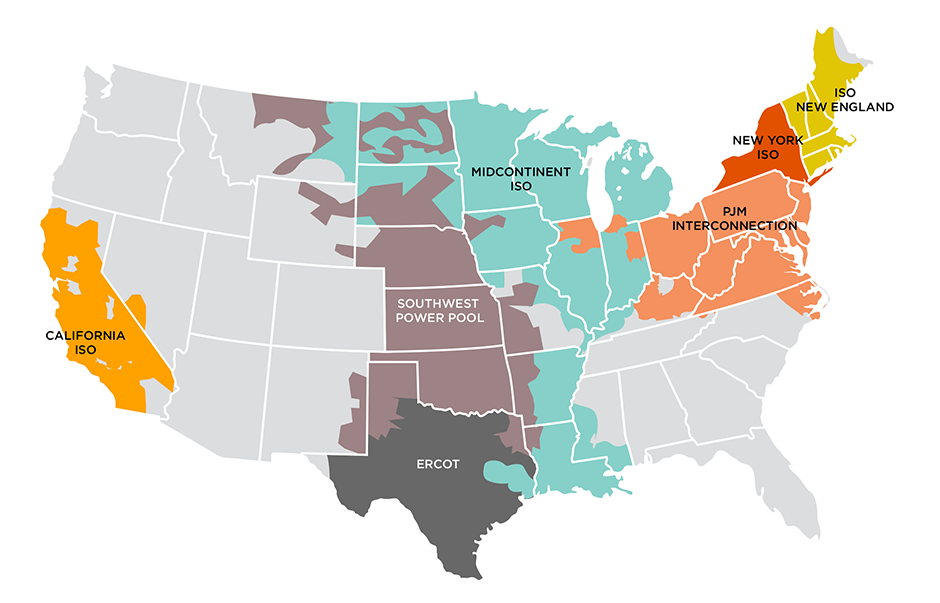Micromachines, Vol. 15, Pages 1383: Comparison of Interfaces Between In Situ Laser Beam Deposition Forming and Electron Beam Welding for Thick-Walled Titanium Alloy Structures
Micromachines doi: 10.3390/mi15111383
Authors: Pingchuan Yang Fei Li Zongtao Zhu Hui Chen
An investigation was conducted on electron beam-welded and additively manufactured joints on a thick-walled titanium alloy utilizing in situ laser beam deposition and electron beam welding techniques. The surface morphology, microstructural characteristics, and mechanical properties of both joint types were comprehensively analyzed using stereomicroscopy, scanning electron microscopy (SEM), microhardness and tensile strength testing, and electron backscatter diffraction (EBSD) techniques. The electron-beam-welded joint exhibited distinct fusion and heat-affected zones, whereas the laser-beam-deposited joint exhibited a smoother surface that was free from excess spatter. Both joints featured a sharp microstructural boundary with a pronounced hardness gradient across the interface, lacking a gradual transition area. During tensile testing, both joint types demonstrated a mixed brittle-ductile fracture mode; however, the electron beam-welded joints surpassed the laser-beam-deposited joints in terms of tensile strength, achieving over 1183 MPa with an elongation of more than 7.3%, compared to 1123 MPa and 5.9% elongation, respectively.

 1 week ago
10
1 week ago
10


